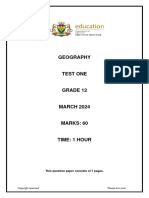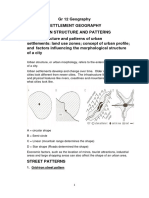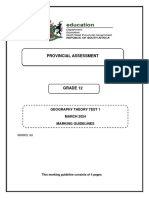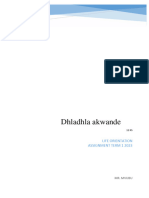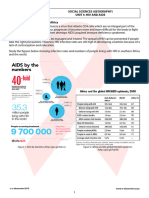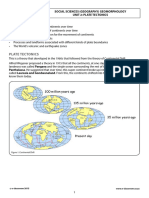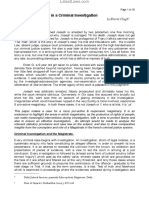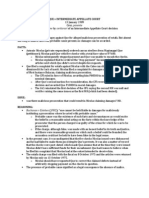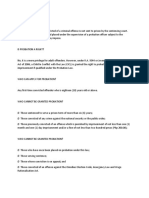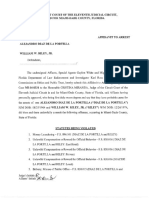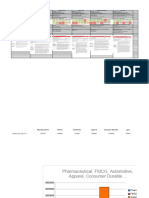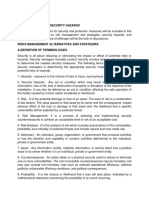0% found this document useful (0 votes)
854 views24 pagesGIS Notes
This document covers Geographic Information Systems (GIS) and map projections for Grade 12 Geography. It explains key concepts such as GIS components, data manipulation, and the importance of maps in examinations, emphasizing that GIS will not be used directly in exams. Additionally, it discusses various types of map projections and their properties, including distortions and classes of projections.
Uploaded by
Nazeera DawoodCopyright
© © All Rights Reserved
We take content rights seriously. If you suspect this is your content, claim it here.
Available Formats
Download as DOCX, PDF, TXT or read online on Scribd
0% found this document useful (0 votes)
854 views24 pagesGIS Notes
This document covers Geographic Information Systems (GIS) and map projections for Grade 12 Geography. It explains key concepts such as GIS components, data manipulation, and the importance of maps in examinations, emphasizing that GIS will not be used directly in exams. Additionally, it discusses various types of map projections and their properties, including distortions and classes of projections.
Uploaded by
Nazeera DawoodCopyright
© © All Rights Reserved
We take content rights seriously. If you suspect this is your content, claim it here.
Available Formats
Download as DOCX, PDF, TXT or read online on Scribd
/ 24

